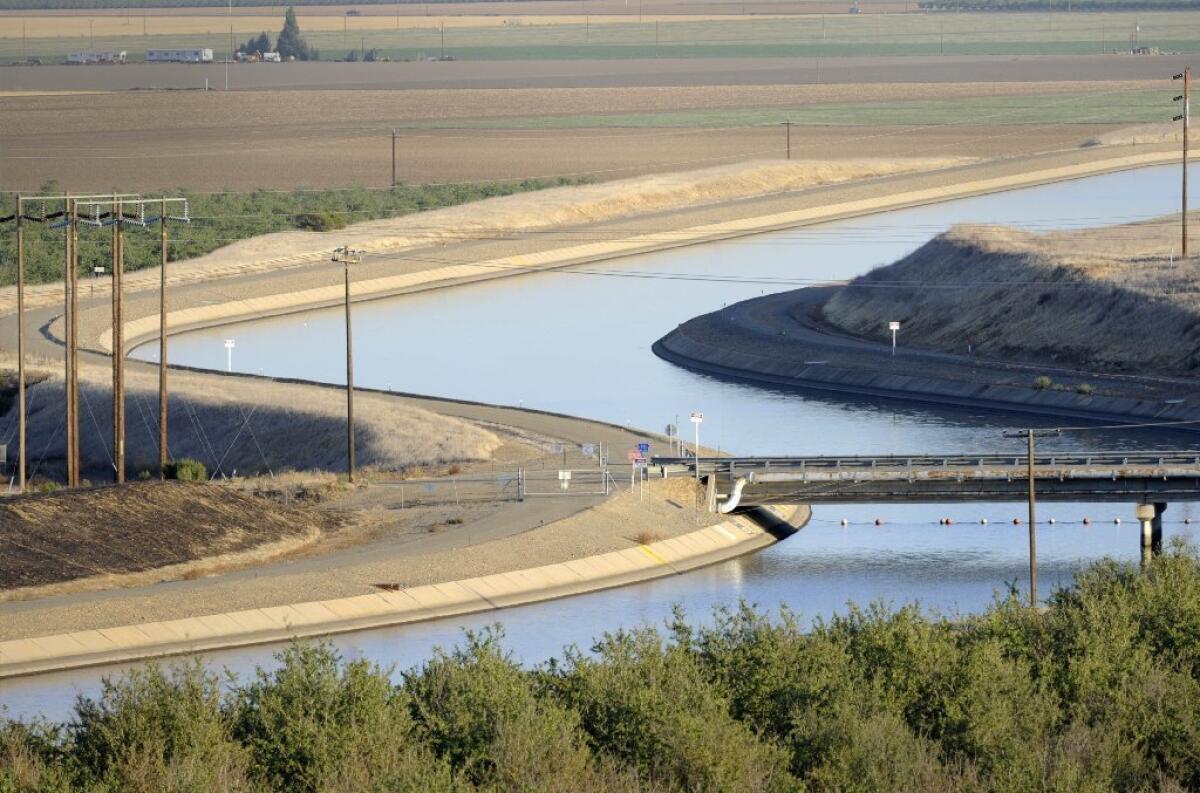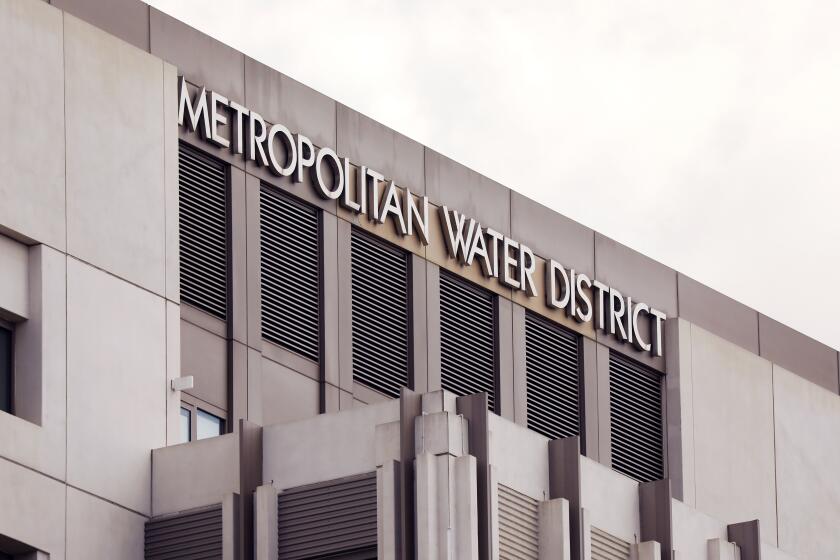Hard truths about California’s water future

At the heart of California’s vast and complex plumbing system, and the plan to re-engineer it with two tunnels under the Sacramento-San Joaquin River Delta, are two truths. The first is that failing to take any action at all will result in almost certain disaster. Climate change is altering the volume of annual Sierra snowpack that feeds the delta, sustains its fragile ecosystem and provides sufficient water to keep Central Valley crops growing and to quench the thirst of urban areas from the East Bay to Southern California. Levees, pumps and canals that were designed for yesterday’s climate conditions cannot stave off environmental and economic collapse if precipitation levels drop or change form from snowfall to winter rain.
The second truth is that none of the interests that have worked to craft the draft proposal released last week for public comment can get all the water it wants, because there simply is not enough of it. That’s the whole point, and the central defining issue for much of California’s history. To sustain the delta, much of the snowmelt and rainfall that moves down the Sacramento River must keep flowing to the San Francisco Bay in order to push back the brackish water trying to make its way inland.
But restoration of the degraded delta, mandatory to protect endangered species as well as to keep the pumps online, won’t happen by itself, and it must be paid for by customers who need to secure their Central Valley and Southern California supplies. There won’t be enough water to keep urban users’ rates from rising or to allow farmers to continue the historic overuse that has depleted valley groundwater and turned desert scrubland into orchards.
YEAR IN REVIEW: The good, the bad and the hopeful in wilderness news
The Brown administration’s 34,000-page draft plan represents the most comprehensive effort in a generation to fit the scientific, engineering and political pieces together in order to allow Californians to adapt to climate change while sustaining both the environment and the economy. It is a product of more than seven years of talks, studies and dickering — none of which, by the way, has ended. Environmentalists, urban water contractors like the Metropolitan Water District, Central Valley contractors like the Kern County Water Agency and local delta agricultural and political interests are continuing to jockey for position, each wanting better guarantees of supply.
The burden is on each of them to demonstrate how some alternative project or system — not simply something imaginable but something politically, legally and financially achievable, and not in the distant future after the delta has further degraded but now — would be better.
Likewise, the burden on proponents of the plan is to show just how the current proposal is going to pencil out. If water contractors are unwilling to enter into long-term agreements to purchase the water that would be supplied by the new project — and some of the Central Valley contractors have voiced concern that they wouldn’t be getting enough acre-feet for their bucks — there would be no one left to pay for it except urban ratepayers. And that won’t work; the costs would be too high for them to bear alone.
In the meantime, negotiations can be expected to become more intense and more public, so it might be wise for Californians to work on their myth-busting skills.
For Southern Californians, especially residents of Los Angeles, myth No. 1 is that the environmental problems of the delta have no impact south of the Tehachapis, because we get our water from the Colorado River and, in L.A., from the Owens Valley. We may have our own environmental comeuppance to deal with, the thinking goes, but it’s in the Eastern Sierra and the Gulf of California, not in the delta.
But that hasn’t been the case for decades. Much of Southern California’s drinking water, including in the city of L.A., comes from the State Water Project, including the aqueduct that diverts water from the delta and the massive pumps that lift it over the mountains and into our reservoirs.
The corollary myth believed by many in Northern California is that delta water is diverted only for Los Angeles. That’s untrue. The same system that sends water to Southern California also provides the primary supply for Silicon Valley and much of the East Bay.
Those Northern California cities, at least as much as their counterparts 300 miles to the south, are dependent on a delta solution that keeps the water flowing.
There are those who argue, here as well as in counties farther to the north, that a sustainable water future for Southern California lies in conservation and reclamation rather than in continuing to bring in current levels of delta water.
And that’s very nearly true. Los Angeles, especially, has excelled at conservation, using the same amount of water today as it did 20 years ago despite a growing population. We will need to do more — clean up contaminated aquifers, recapture storm-water runoff, increase storage capacity. Those projects and more are necessary parts of a water portfolio.
But so is the delta. It is California’s great switchyard for water supply, its best mechanism for flood control, its most crucial habitat for wildlife. The draft plan should be measured by how well it preserves that switchyard, and how well, or how poorly, any alternative plan, or inaction, would get the same job done.
More to Read
A cure for the common opinion
Get thought-provoking perspectives with our weekly newsletter.
You may occasionally receive promotional content from the Los Angeles Times.






